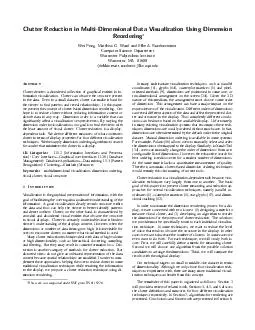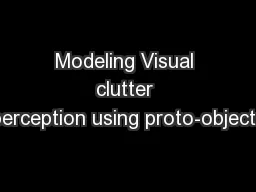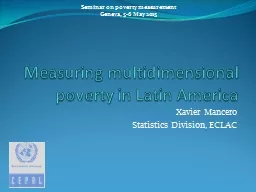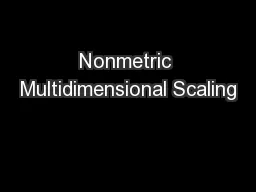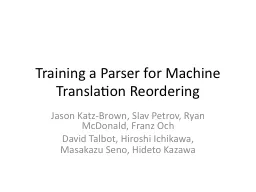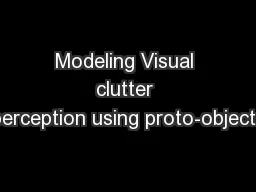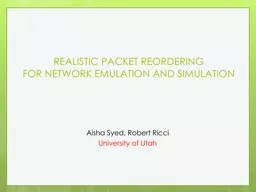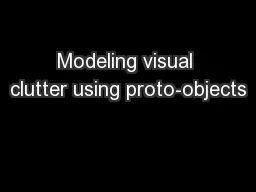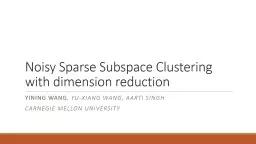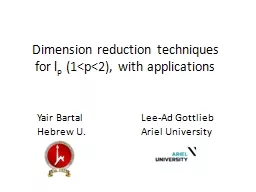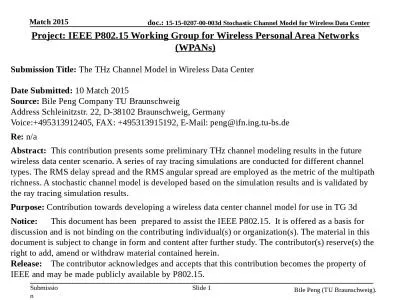PDF-Clutter Reduction in MultiDimensional Data Visualization Using Dimension Reordering Wei
Author : karlyn-bohler | Published Date : 2015-03-07
Ward and Elke A Rundensteiner Computer Science Department Worcester Polytechnic Institute Worcester MA 01609 debbiemattrundenst cswpiedu BSTRACT Clutter denotes
Presentation Embed Code
Download Presentation
Download Presentation The PPT/PDF document "Clutter Reduction in MultiDimensional Da..." is the property of its rightful owner. Permission is granted to download and print the materials on this website for personal, non-commercial use only, and to display it on your personal computer provided you do not modify the materials and that you retain all copyright notices contained in the materials. By downloading content from our website, you accept the terms of this agreement.
Clutter Reduction in MultiDimensional Data Visualization Using Dimension Reordering Wei: Transcript
Download Rules Of Document
"Clutter Reduction in MultiDimensional Data Visualization Using Dimension Reordering Wei"The content belongs to its owner. You may download and print it for personal use, without modification, and keep all copyright notices. By downloading, you agree to these terms.
Related Documents

